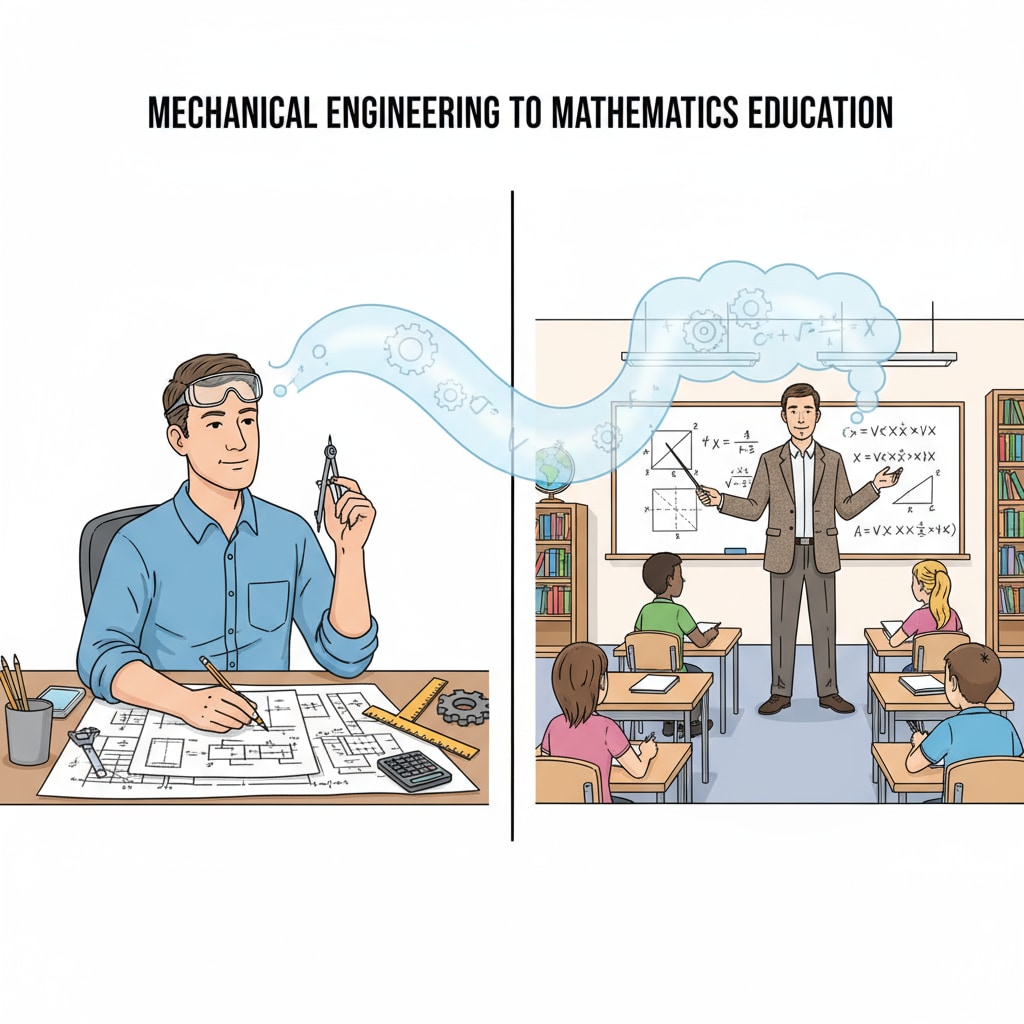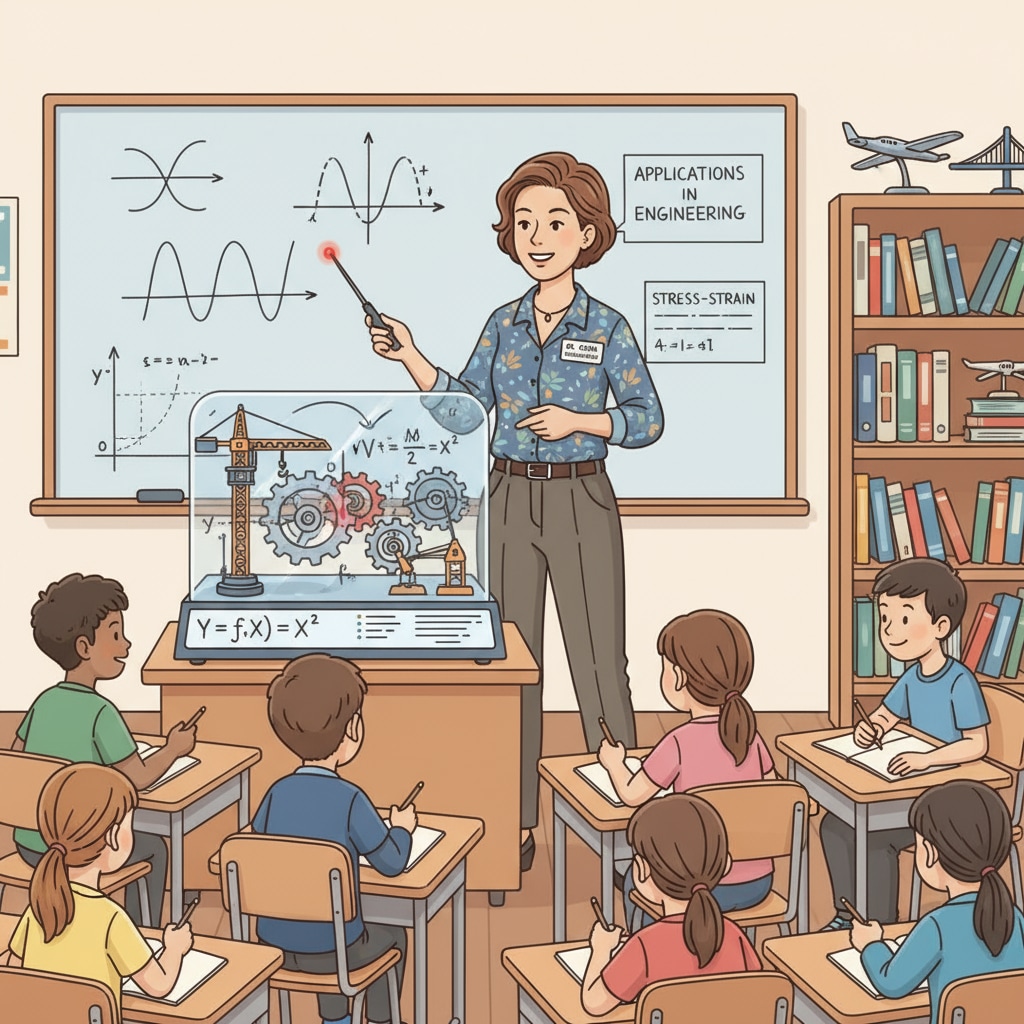The transition from mechanical engineering to mathematics education is an increasingly fascinating journey of teaching transformation. Many mechanical engineers are finding new purpose in the world of K12 math education. This shift not only brings a fresh perspective to the classroom but also utilizes unique skills honed in the engineering field.

The Allure of the Shift
There are several reasons why mechanical engineers are drawn to mathematics education. Firstly, the love for problem-solving, a fundamental aspect of engineering, can be effectively translated into teaching math. Engineers are trained to break down complex problems into smaller, manageable parts, a skill that is highly valuable in math instruction. For example, when teaching algebraic equations, the engineering approach of step-by-step analysis can help students better understand the process. In addition, the desire to give back to the community and inspire the next generation often plays a role. Sharing their knowledge and passion for math can have a profound impact on students’ learning experiences.
The Value of Engineering Thinking in Math Teaching
Engineering thinking brings a unique set of tools to the math classroom. One key aspect is the practical application focus. Mechanical engineers are used to seeing how math is applied in real-world scenarios, such as calculating forces in a bridge structure. By bringing these real-life examples into the math classroom, students can better grasp abstract concepts. As a result, math becomes more relatable and engaging. Another advantage is the emphasis on creativity and innovation. Engineers are constantly looking for new solutions, and this mindset can encourage students to think outside the box when solving math problems.

To make a successful transition, mechanical engineers need to acquire certain teaching skills. First and foremost, they must learn educational theories and teaching methods. Understanding how students learn and different strategies to deliver content effectively is crucial. Courses in education psychology and instructional design can be very helpful. Secondly, gaining hands-on teaching experience is essential. This can be achieved through internships, tutoring, or substitute teaching. Through these experiences, engineers can get a feel for the classroom environment and develop their teaching style.
In conclusion, the transition from mechanical engineering to mathematics education is a rewarding path of teaching transformation. It allows mechanical engineers to use their skills and knowledge in a new and impactful way. By leveraging engineering thinking and acquiring the necessary teaching skills, they can make a significant contribution to K12 math education. Mechanical engineering on Wikipedia Mathematics education on Britannica
Readability guidance: The content is presented in short paragraphs and clear sections. Lists and examples are used to enhance understanding. Passive语态 is minimized, and transition words are used frequently to ensure smooth flow.


